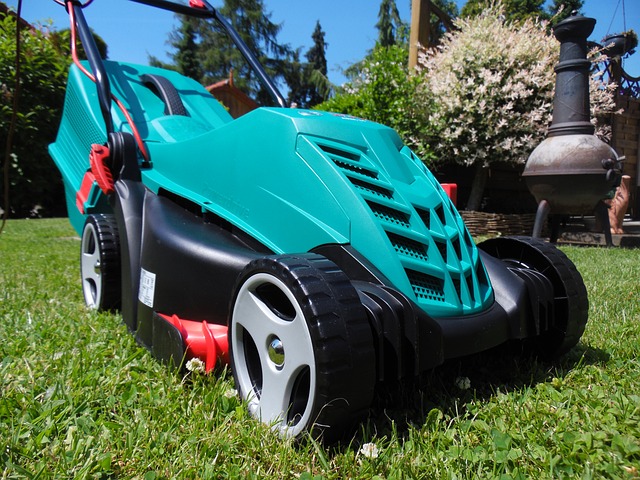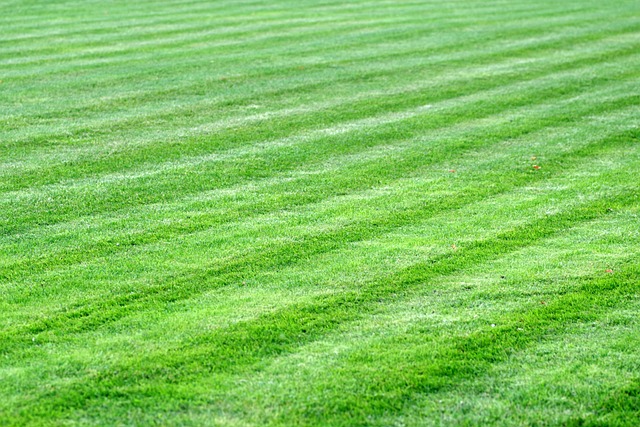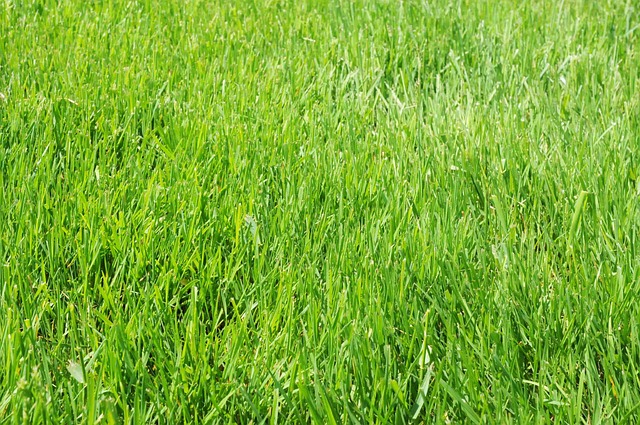Mulching and edging are essential practices in lawn care and landscaping. Mulch retains moisture, suppresses weeds, and regulates soil temperature, while edging enhances grass health by trimming transition zones and preventing weed growth. Choosing the right type of organic or inorganic mulch and using proper edging techniques significantly improves lawn aesthetics and reduces long-term maintenance, contributing to effective lawn care and landscaping solutions.
Transform your lawn from ordinary to extraordinary with the power of mulching and edging. This essential practice isn’t just about aesthetics; it’s a game-changer for lawn health and maintenance. In this comprehensive guide, we’ll explore the benefits and various types of mulching, delve into precise edging techniques, and uncover best practices to integrate these strategies seamlessly into your lawn care routine. Enhance your landscape and unlock a lush, well-maintained yard with these effective lawn care and landscaping tips.
- Understanding Mulching: The Benefits and Types for Lawns
- Edging Techniques to Enhance Lawn Aesthetics and Maintenance
- Best Practices for Incorporating Mulch and Edging into Your Lawn Care Routine
Understanding Mulching: The Benefits and Types for Lawns

Mulching is an essential practice in lawn care and landscaping, offering numerous benefits for your grass and overall garden aesthetics. It involves placing a layer of organic or inorganic material on top of the soil, known as mulch, to enhance the health and appearance of your lawn. This simple yet powerful technique plays a crucial role in retaining moisture, suppressing weeds, and regulating soil temperature.
There are various types of mulches available, each with unique advantages. Organic mulches, such as wood chips, straw, or compost, enrich the soil over time by decomposing, providing essential nutrients to feed your lawn. Inorganic options, like stone, rubber, or plastic, offer long-lasting protection and don’t decompose but may require more frequent replacement. Choosing the right mulch type depends on factors like desired appearance, budget, and specific lawn care goals, ensuring a lush, well-maintained yard.
Edging Techniques to Enhance Lawn Aesthetics and Maintenance

Edging, a simple yet effective lawn care practice, plays a pivotal role in enhancing the overall aesthetics and health of your grass. It involves meticulously trimming the transition zones between your lawn and pathways, garden beds, or other landscaping features. This technique not only gives your yard a polished look but also contributes to better maintenance. By defining these borders, you prevent grass from encroaching onto walkways and reduce the risk of weeds growing in these areas.
There are various edging techniques to choose from, each offering unique benefits. From traditional manual edgers to modern power tools, these devices allow for precise cuts, ensuring a clean finish. Incorporating edging into your regular lawn care routine can save time and effort in the long run, promoting a lush and well-maintained lawn that becomes the envy of your neighborhood. Effective landscaping practices like this are key to achieving a beautiful and low-maintenance outdoor space.
Best Practices for Incorporating Mulch and Edging into Your Lawn Care Routine

Incorporating mulch and edging into your lawn care routine offers numerous benefits, enhancing both the aesthetics and health of your lawn. Start by choosing the right type of mulch suitable for your climate and grass species. Organic mulches like wood chips or straw not only improve soil fertility but also suppress weeds naturally. Invert the mulch application process, placing it before watering to minimize washing away.
For edging, maintain a clean line between your lawn and paths or flower beds. Regularly trim edges with a string trimmer or edger to prevent uneven growth. Consider incorporating edging into your landscaping design for a polished look. A consistent practice of mulching and edging not only preserves the beauty of your lawn but also reduces maintenance time in the long run, contributing to effective lawn care and landscaping practices.
Mulching and edging are essential components of effective lawn care and landscaping. By understanding the benefits and best practices outlined in this article, homeowners can significantly enhance their lawn’s health, appearance, and overall maintenance. Incorporating these techniques into your routine not only ensures a well-manicured look but also promotes a vibrant, lush, and sustainable yard. Whether you prefer organic or synthetic mulches, precise edging or natural borders, these practices will contribute to a beautiful and low-maintenance lawn for years to come.
